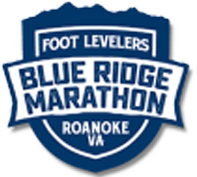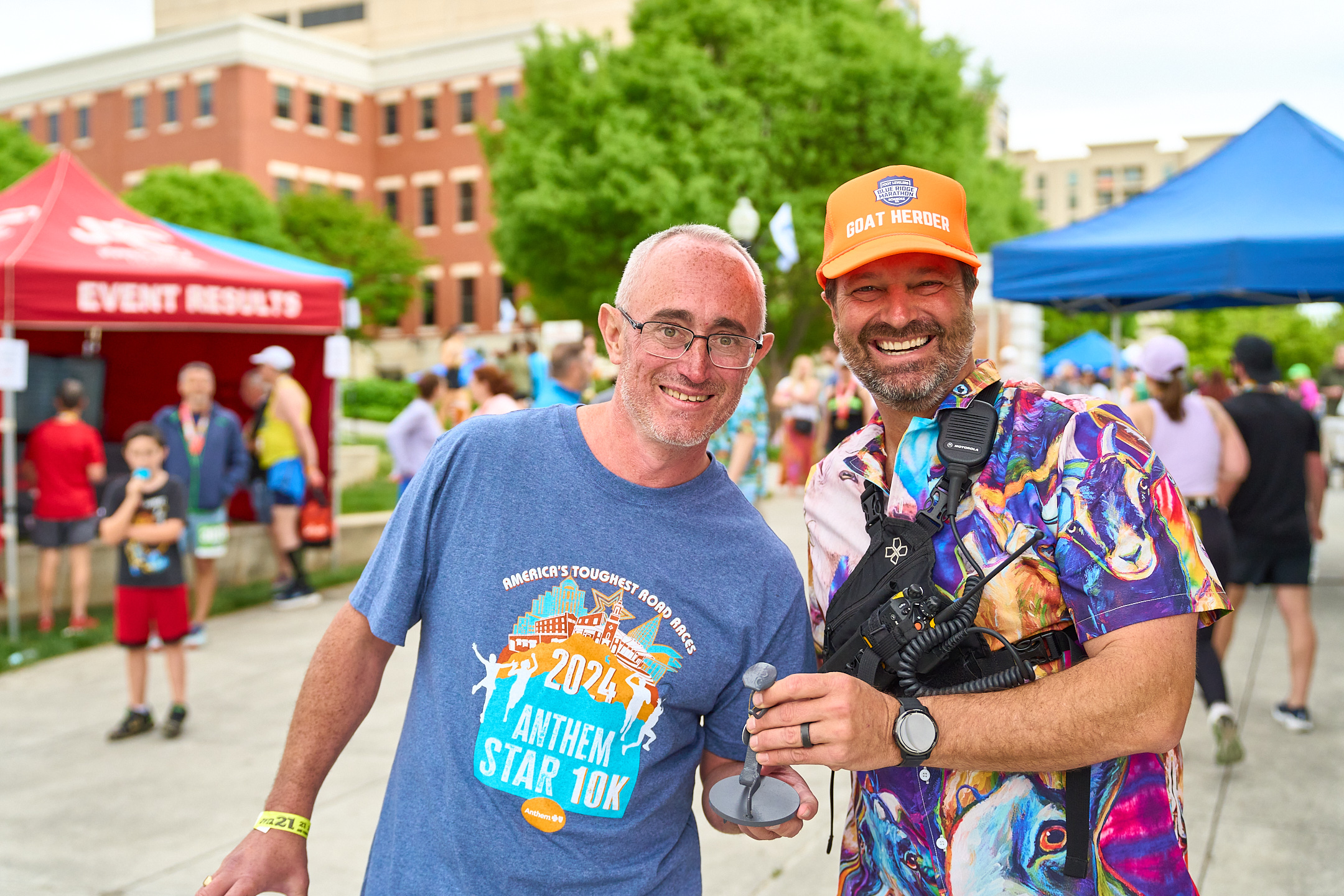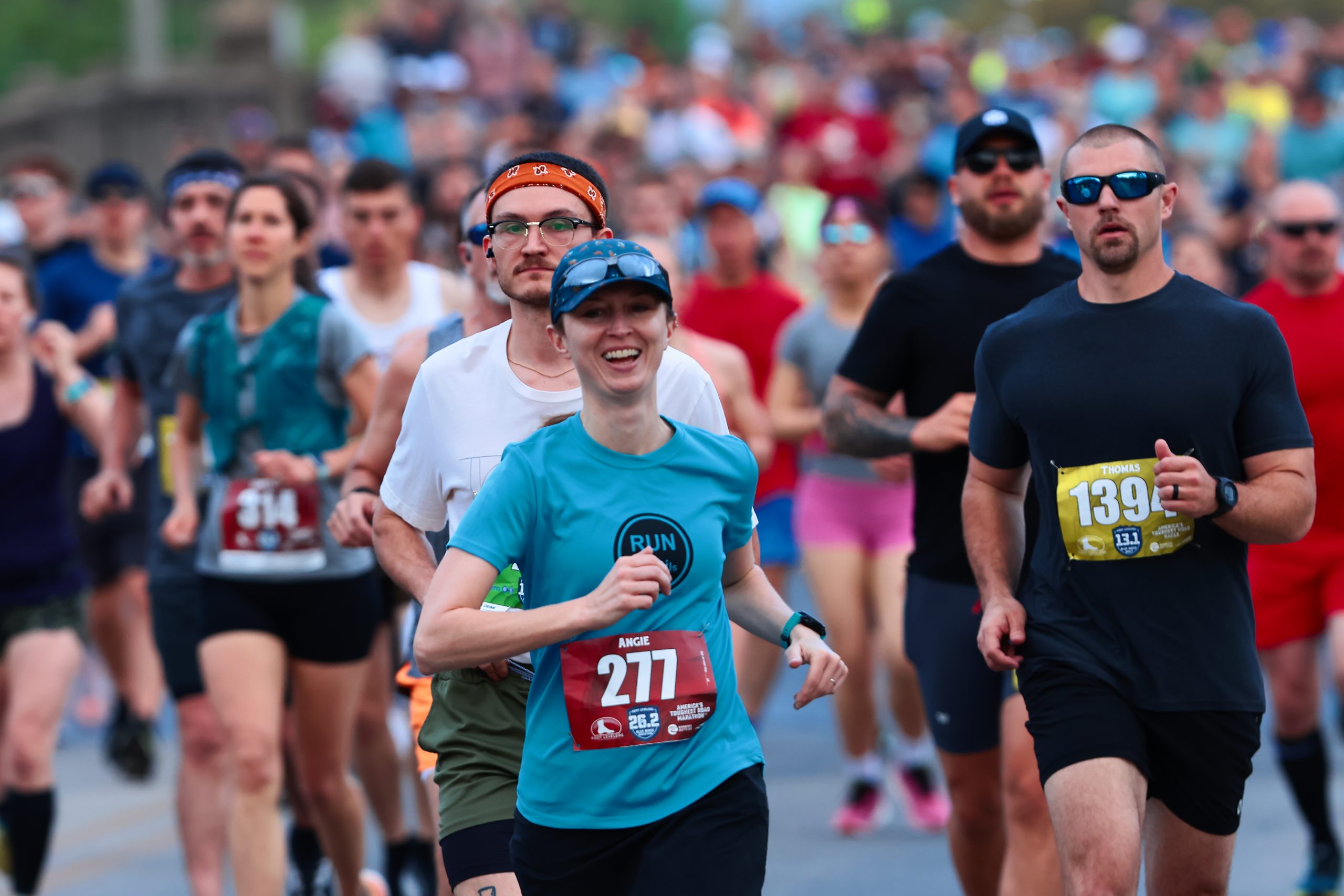
We seriously doubt anyone running the Blue Ridge Marathon is going to set any personal records. Pretty sure that if you do a Boston qualifying time here you’ll win the Boston Marathon. Heck, if you qualify for the Boston Marathon on the Blue Ridge Marathon we’ll probably give you race entries for life (see us after the race). – Race Committee
Enjoy this article from the New York Times:
By TARA PARKER-POPE
Published: November 2, 2009
After a 10-kilometer road race this summer, a friend apologized for missing me at the finish line. The truth was, she hadn’t lost me in the crowd. She just didn’t wait long enough.
I’m a slow runner. A really slow runner. In that field of 625, I finished in 619th place
There was a time when I was embarrassed by my painfully slow pace, but not anymore. Since I began training for a marathon this spring, I’ve discovered that the view is a lot more interesting in the back of the pack.During a five-mile run in Central Park last spring, I paced alongside a double amputee who was using crutches and a single metal leg to propel himself along the course.
At the 13.1-mile Philadelphia Distance Run this fall, I spent a good part of the race alongside an athlete who jumped rope the entire way. Later, I trotted with two women wearing pink feather boas. There was also a “joggler,” someone who juggles and runs at the same time. Nearby was 81-year-old Robert Welsh of Wallingford, Pa. (He won his age group.)
My shirt that day read, “Slow Is the New Fast.”
This weekend, I was again at the back of the pack of the estimated 43,000 who participated in the New York City Marathon, and I was thrilled to be there. About five months ago, I declared that I was going to transform myself from couch potato to runner and complete a fall marathon. I trained using a combination of running and walking, a method espoused by the Olympian distance runner Jeff Galloway and now used by hundreds of thousands of runners around the country.
During my marathon, I ran next to a man wearing an Eiffel Tower costume. Several women raising money for breast cancer drew cheers from the crowds for running in their decorated bras. I also spent time alongside several members of the Achilles Track Club, for athletes with disabilities.
My marathon included four stops to hug my daughter along the route, a quick jaunt into a deli in Queens to buy a banana, and countless high fives with kids along the course. I also spent about three miles talking and walking with Maureen Donohue, 68, of Long Island, who began running at age 56 and was taking part in her 10th marathon. To train, she run-walks a five mile course near her home, takes a coffee break and heads back out again for five more miles. I found her inspiring, and so did the crowd. As we passed by, onlookers shouted, “Go, Mo, go!”
Despite their pace, back-of-the-packers still struggle with leg cramps, blisters and back spasms, and so did I. I finished my first marathon in 6 hours 58 minutes 19 seconds. I know faster marathoners are bothered by so-called plodders. A recent front-page article in my own newspaper quoted a number of marathoners to that effect, saying we had ruined the race’s mystique.
It’s true that marathons around the country are getting slower, as more charity runners and run-walkers take part. In 1980 the average marathon time was about three and a half hours for men and about four hours for women, according to Running USA. Today, the averages are 4:16 for men and 4:43 for women. About 20 percent of the participants in the New York City Marathon take longer than five hours to finish.
But the legendary gold medalist Frank Shorter says the criticisms of slow runners are “snobbery.” “You never hear that from elite runners,” he told me. “Elite runners admire other people’s performance. I find it much better to welcome slow runners to the club than to vote them out.”
Greg Meyer, who in 1983 was the last American man to win the Boston Marathon, says that when he hears such complaints from average marathoners, he replies, “If it wasn’t for the run-walkers, you wouldn’t be finishing in front of anybody.”
The main benefit of the run-walk method is that it eases your body into exercise, makes marathon training less grueling and gives muscles time to recover, reducing the risk of injury. Walk breaks are an ideal way for new runners and older, less fit and overweight people to take part in a sport that would otherwise be off limits.
The downside is that just as you are out on the marathon course about 50 percent longer than the average runner, your training time is much longer, too — four and five hours a weekend for long runs.
About 10 days before the marathon, I began to doubt my ability to finish the race. A flulike illness had sidelined me for a few weeks, and I’d missed some important training runs. I questioned whether it would be worth the effort to straggle over the finish line long after most of the runners had left.
But then, during an easy run on a trail near my house, I spotted another slow runner ahead of me. It took a moment before I realized his off-kilter gait was due to the fact that he was running on a Cheetah foot, an artificial limb that uses a flexible blade for the foot. He was young and fit, and I wanted to know his story, but didn’t stop him to ask. Instead I just watched his rhythmic run, and felt my own worries about race day fade away. It didn’t matter how fast I finished, just that I was out there, enjoying the view from the back of the pack.






